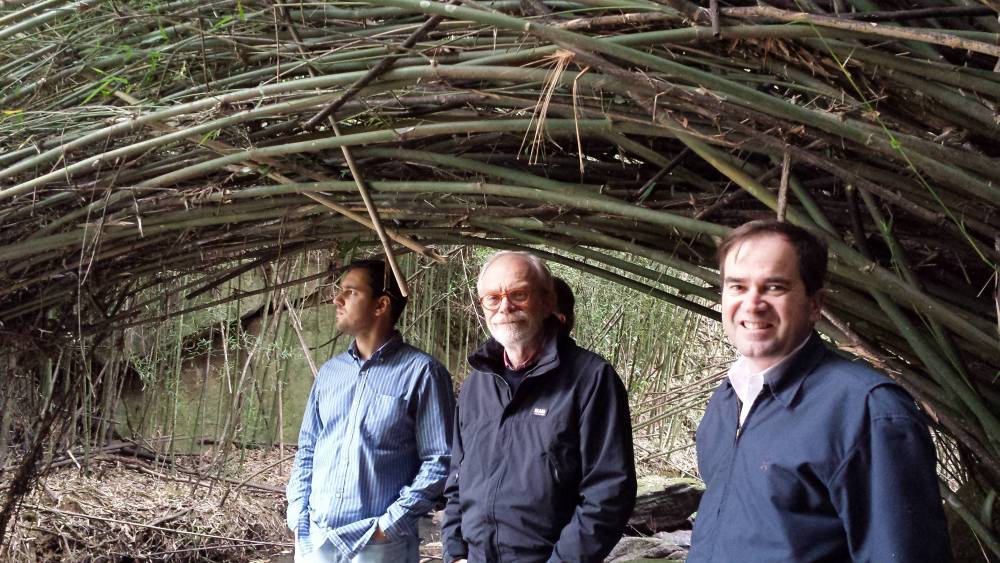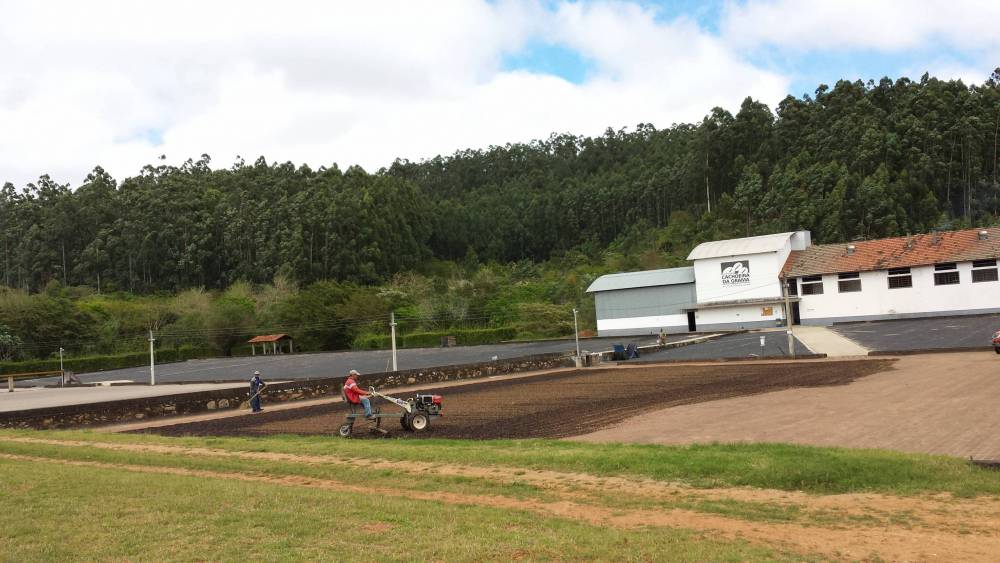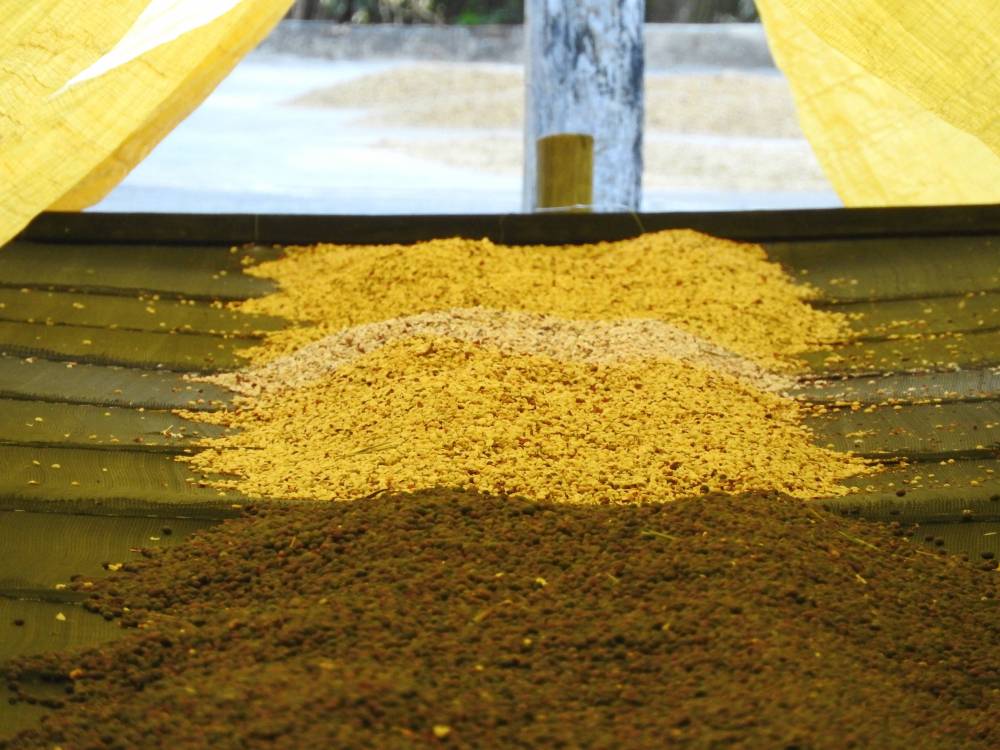Fazenda Cachoeira da Grama
Da Grama valley, between Mogiana and Sul de Minas regions, Minas Gerais state, Brasil






Our days on the estate, the waterfall and the model farm
On May 30, 2000, after a long chat with Cristiano Ottoni, who told us about the creation of a new trading company specialised in high quality coffee, I left Poços de Caldas with Adelio Bernini to reach the Vale da Grama, in the state of São Paulo, just beyond the volcanic crater on the inner slopes of which Poços lies.
The subject was so fascinating and the project so innovative, however, that we ended up chatting for too long and realised too late that the tropical twilight was fast approaching. Nevertheless, we continued along the unpaved mountain road that led us to the Fazenda Cachoeira, where Gabriel de Carvalho Dias was waiting for us.
In those days, the estate was simply called Cachoeira (‘waterfall’ in Portuguese) and only changed its name a few years later when Gabriel, tired of being mistaken for a thousand other estates bearing the same name, added ‘da Grama’, to emphasize that his estate was located in the Vale da Grama, a place already famous for its high quality coffee production. By the time we arrived, the sun had already gone down and it was becoming difficult to see clearly in the evening half-light. What we could see, however, was that Gabriel’s use of hanging beds for drying coffee was truly innovative. This visit was certainly not leisurely, and the return to Poços de Caldas was difficult, but once again we were able to see first-hand, in advance, how the world of coffee was changing.
Focus on the environment and the social context, a model fazenda







Where does the coffee we have selected come from?
The fazenda Cachoeira da Grama takes its name from the waterfall located inside the farm. It has been owned and managed by Carvalho Dias’s family since 1890. In 2016 the Bourbon Specialty Coffee Company took over the management of the farm, using it also as a field of research and development on coffee varieties, harvesting, processing, drying techniques, with a 100% focus on quality and how it can be improved.
The farm is located 3 km from the border of the state of Minas Gerais and it has the typical characteristics of the mountainous area of Mogiana and Sul de Minas. The coffee is grown at an altitude between 1.100 and 1250 meters asl, in an area where rainfall is between 1.800 and 2000 mm per year and the average temperature is 19 ° C: ideal conditions for coffee growing.






How is this coffee produced
The coffee is hand-picked and the processing cycle is quick in order to avoid any kind of fermentation: the coffee is then transferred directly from the field to the wet mill, where the ripe cherries are selected and pulped. Pulped coffee is then dried on patios and after with mechanical driers to reduce moisture. Finally, the coffee batches are stored in a humidity controlled warehouse and avoiding contact with unwanted odours.
The management have a high consideration of social and environmental sustainability.
The farm:
– has developed a program of planting native species to keep a better ecological
balance;
– has a school, a club and a soccer field as a benefit for workers;
– has 47 houses for the workers and their families;
– treats its wastewater to avoid contaminating the groundwater.
The coffee produced at Cachoeira da Grama farm is the result of the dedication and care shown throughout the production cycle from the selection of the seeds, up to the harvest and the final processing.
We visited this farm for the first time in 2000 and then again in 2012 and 2013: coffee quality was already good during the first visit, but it was a way better during the second and the third.
Finally, during our last visit in 2017, we had the chance to cup this incredible washed coffee: it was a sample of a small production with a very interesting taste. We shared our impression with the producer and together we decided to increase the production of this coffee in order to add it to our range of products. Today we are proud of this incredible coffee and its history.
Some data
- Botanical variety: Yellow Bourbon, Red Catuai
- Processing: washed
- Harvest: May – September
- Drying: sun dried on patios
- Altitude: 990 – 1.220 m asl
- Quality/screen: NY2

